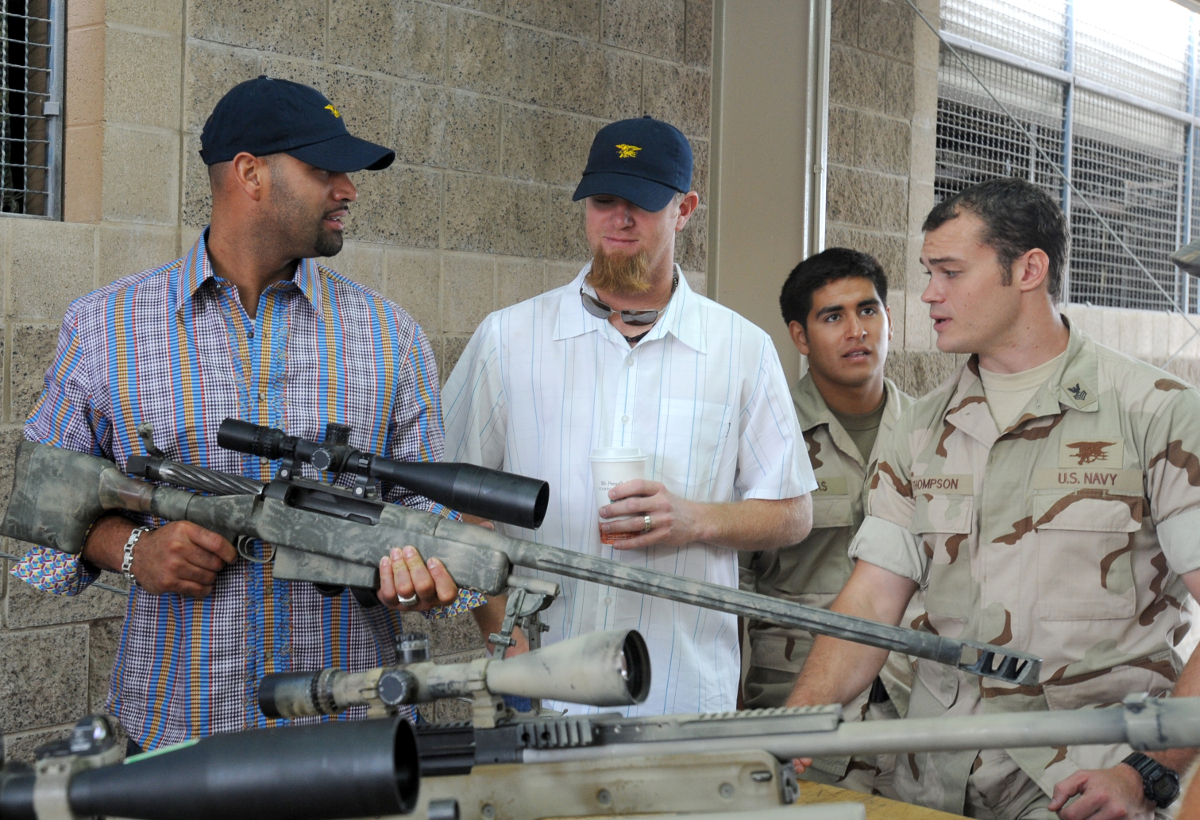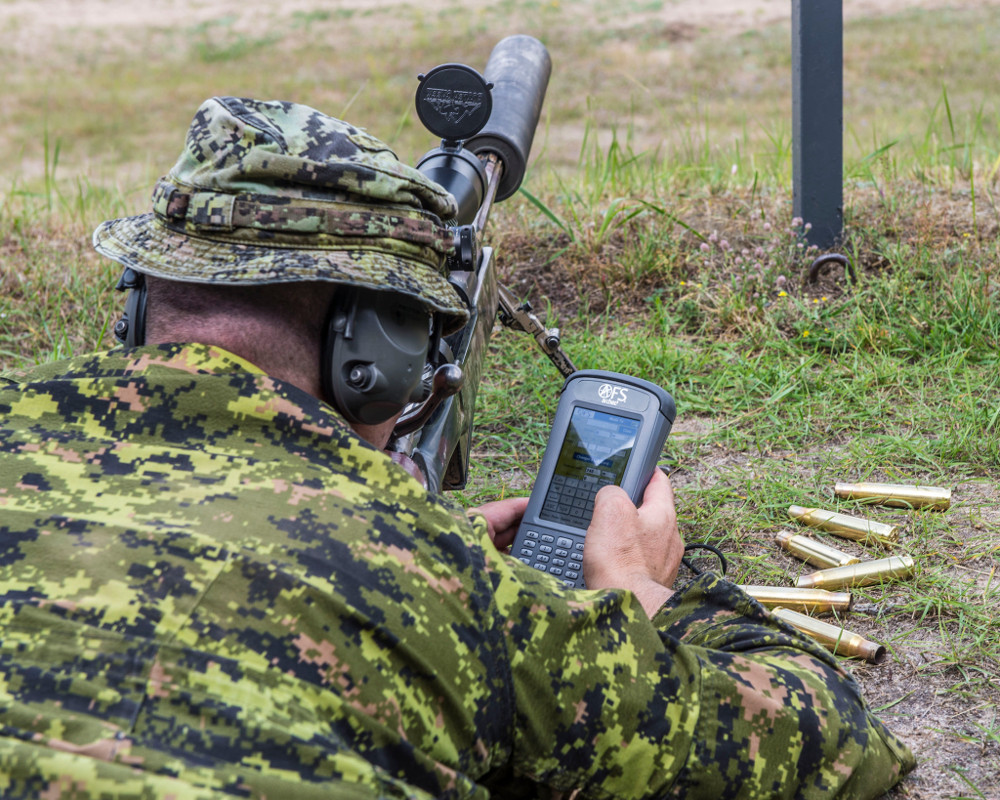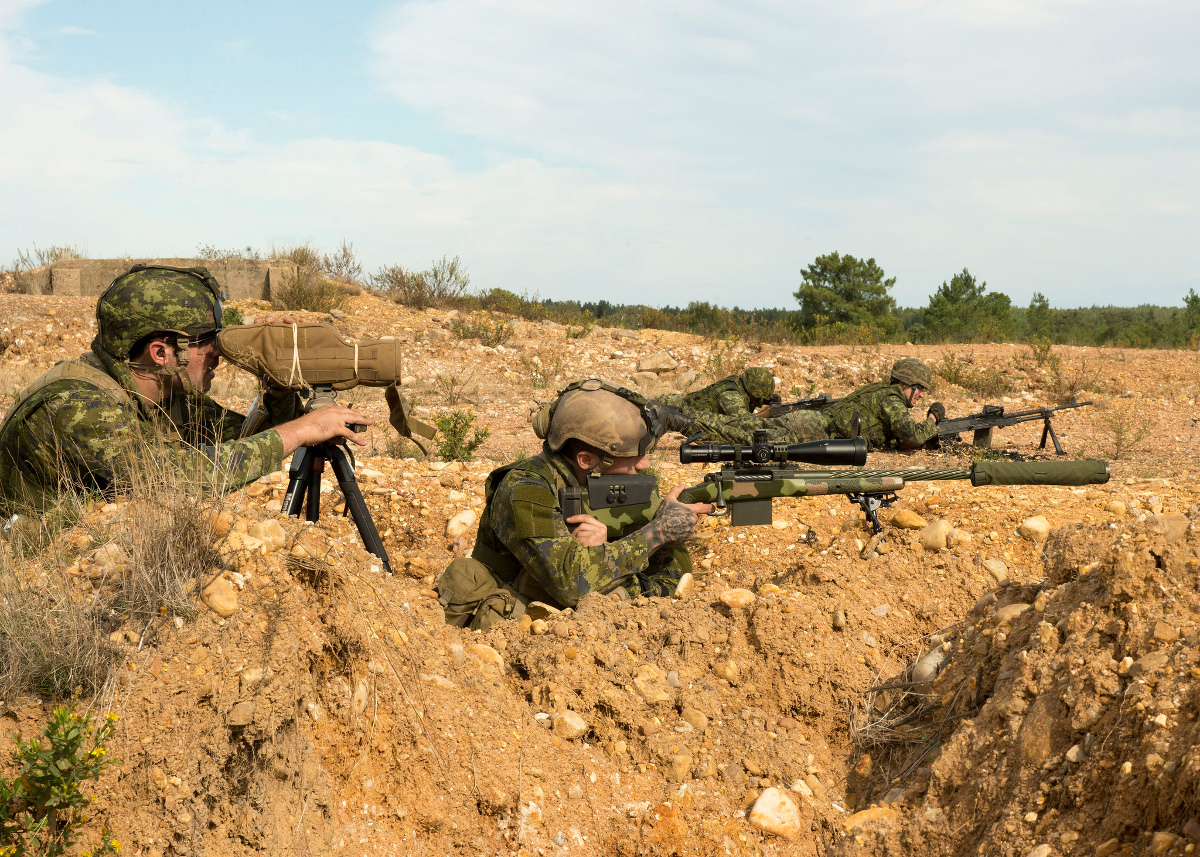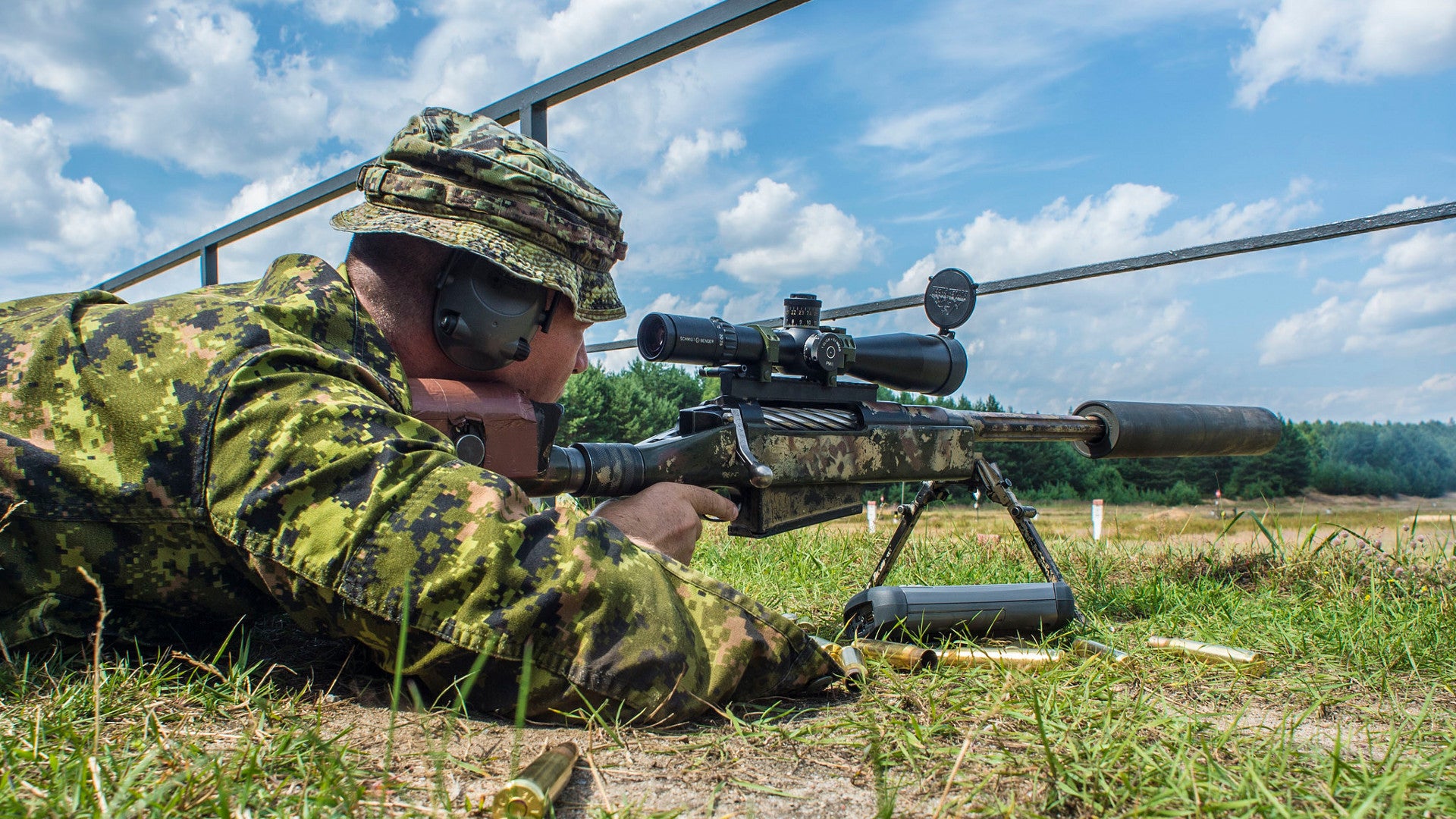A sniper from Canada’s most elite unit, Joint Task Force (JTF) 2, has completely demolished the record for the longest confirmed kill. The shooter killed an ISIS fighter in Iraq at a distance of over two miles.
On June 21, 2017, The Globe and Mail newspaper reported that the individual had made the shot “within the last month. JTF 2 is the Canadian military’s so-called “Tier One” special operations element, roughly analogous to the U.S. Army’s Delta Force or the U.S. Navy’s SEAL Team Six.
“The Canadian Special Operations Command can confirm that a member of Joint Task Force 2 successfully hit a target at 3,540 metres,” the Canadian Armed Forces said in a statement. “As stated multiple times in the past, members of the Canadian Special Operations Task Force do not accompany leading combat elements, but enable the Iraqi security forces who are in a tough combat mission. This takes the form of advice in planning their operations and assistance to defeat Daesh through the use of coalition resources.”
Daesh is another common term for ISIS. The Canadian Armed Forces declined to provide any more details on the record-breaking shot and did not name the individual responsible, citing operational security. Anonymous sources told The Globe and Mail the sniper had used a .50 caliber McMillan Tac-50 to make the shot and that it took less than 10 seconds for the bullet to find its mark.

This American-made bolt-action rifle weighs 26 pounds and is 57 inches long overall. The weapon is popular with special operations forces around the world, including in the U.S. military, which adopted a version it calls the Mk 15. In Canadian service it is known as the C15 Long Range Sniper Weapon. The rifles can accept a variety of long-range, precision scopes, as well as night vision and thermal imaging equipment for operations at night. Various companies have built sights with built-in lightweight ballistic computers for long-range shooting, too.
But even with a well-built rifle and an advanced optic, it takes extreme skill to even consider taking a shot at a target so far away. McMillan doesn’t list a maximum effective range on its website as it’s as much about the shooter as anything else. The company does, however, say the rifle has an average accuracy of 0.5 Minute of Angle (MOA) when firing specialized, long-range ammunition.

Rifle accuracy is commonly expressed in MOA, which can be understood as a cone expanding outward with its point at the tip of the barrel. One MOA translates to one inch for every 100 yards. A rifle that is 0.5 MOA accurate should be able to hit within 0.5 inches of the point of aim at 100 yards or a space five inches in diameter at 1,000 yards. At more than three times that distance, a bullet could hit anywhere inside a space more than a foot in diameter and still be just as accurate. Just seeing a man-sized target at that range would be difficult. Just take a look at the video below to see retired Delta Force operator Larry Vickers attempt a mile-long shot with a less power .338 Lapua Magnum rifle.

The Globe and Mail’s Sources told them “the kill was independently verified by video camera and other data.” Regardless, JTF 2’s snipers are likely among the best trained in the world. It’s hard to say for sure, though, since in addition to being the Canada’s most specialized force, the unit is also its most secretive.
“There’s a lot of hype about what we do,” the unit’s official website says. “Most of it we can tell you, some of it we need to keep private.”
“We do what the Government asks of us, but please respect that we can’t tell everyone how we complete it,” the description continues. “We are by our nature secretive because we need to be discreet.”

Every so often, some details do squeak out, such as this impressive long-range kill. In March 2017, the Canadian Armed Forces released a number of rare photographs of JTF 2’s early history, after which The War Zone wrote a brief profile of the unit. You can read more about the elite formation’s evolution from a more police-style counter-terrorism element to a more multi-faceted special operations force here.
Since its formal establishment in 1992, JTF 2 has reportedly supported operations in the Balkans, in Haiti, Afghanistan, and Iraq. In a particularly rare public announcement, the Canadian government actually confirmed the special operators’ participation in the secretive missions in Afghanistan in October 2001. In June 2015, a video accidentally revealed the unit was back in Iraq – though it was perhaps not particularly surprising given how active the U.S.-led coalition’s special operations element has been in the fight against ISIS.

Now, the Canadian Armed Forces have officially confirmed this deployment in order to take credit for this shot. There are additional reports that say at least three Canadian sniper teams were in the theater at the time, one from JTF 2 and two more from the Canadian Special Operations Regiment, which is broadly comparable to a cross between U.S. Army’s Special Forces Groups and the 75th Ranger Regiment. Both Canadian units are part of the Canaidan Special Operations Forces Command (CANSOFCOM).
Canadians now hold claim to three of the top five longest confirmed sniper kills. Two snipers from Princeess Patricia’s Canadian Light Infantry scored the third and fourth longest shots in Afghanistan in 2002. The number two shooter, the previous record holder, is the British Army’s Craig Harrison, who shot a Taliban insurgent in Afghanistan 2,475 meters away in 2009. The soldier, then with the Blues and Royals regiment, used a .338 Lapua Magnum L115A1 bolt-action rifle to make that kill. At number five is U.S. Army Sergeant Bryan Kremer, a member of the 75th Ranger Regiment, who killed an Iraqi militant 2,300 meters away with a semi-automatic .50 caliber Barrett M82A1 rifle in 2004. He hold the record for the longest kill by an American sniper.
With coalition special operators actively gunning for ISIS fighters in both Iraq and Syria, there’s still time for someone else to break the record, but it would require even more impressive shooting. At some point, one has to wonder if there’s just a limit to how far away a sniper with a conventional rifle, no matter how big or precise, can take out an individual opponent.
Contact the author: joe@thedrive.com
